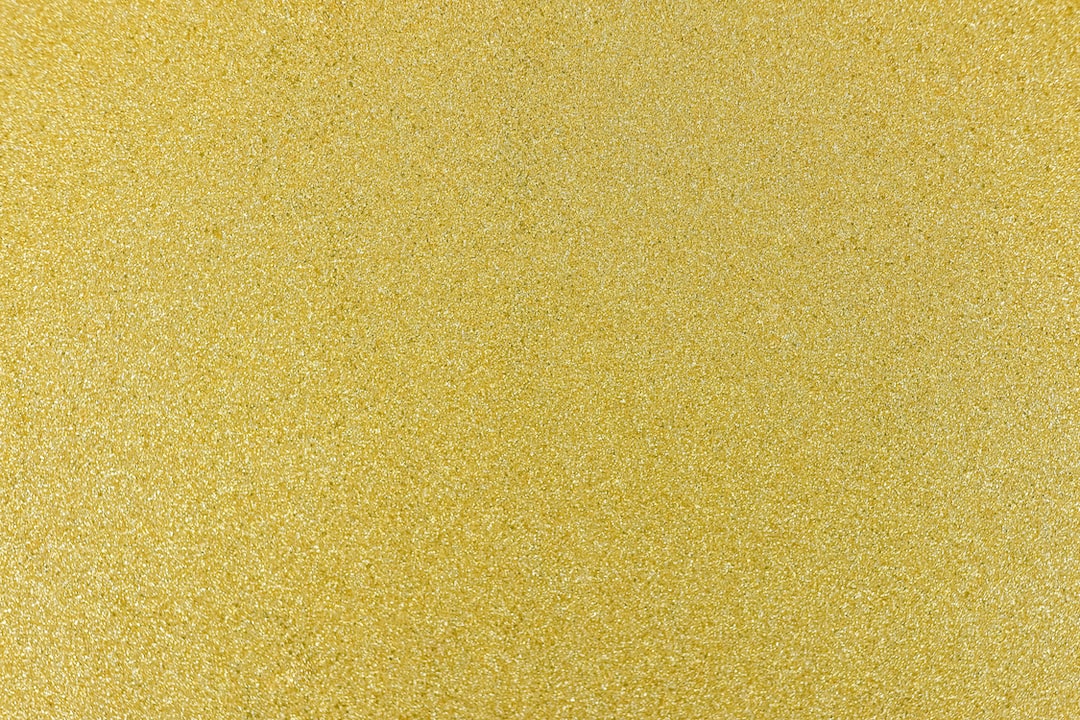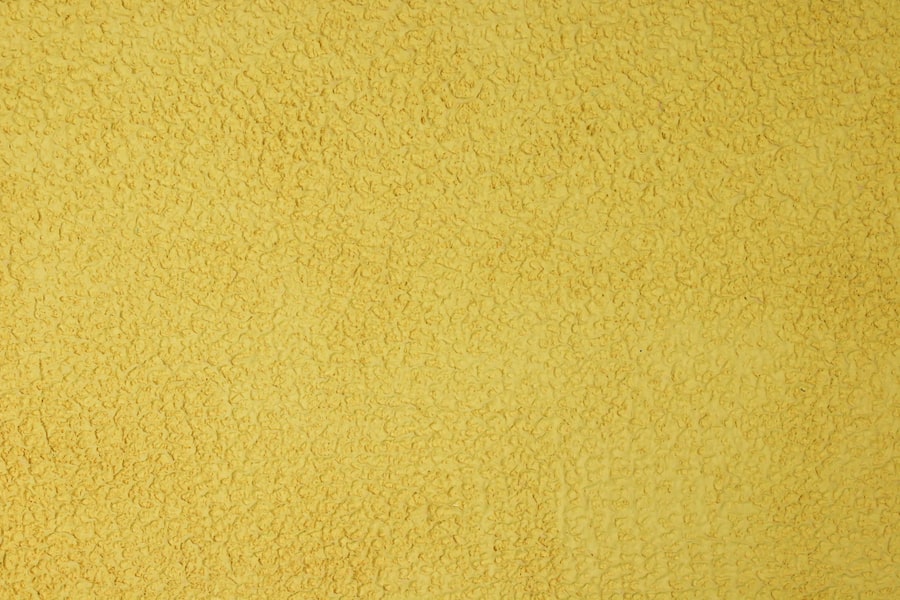Why Is My Spider Plant Turning Yellow? – A Guide to Identifying and Fixing Common Issues

Spider plants, scientifically known as Chlorophytum comosum, are popular houseplants known for their long, arching leaves and ability to thrive in a variety of conditions. They are native to tropical and southern Africa and have become a staple in many households around the world due to their low maintenance requirements and air-purifying qualities.
However, like any plant, spider plants can face common issues that can affect their overall health and appearance. One of the most common issues that spider plant owners face is yellowing leaves. This can be a cause for concern, as it indicates that something is not quite right with the plant.
Key Takeaways
- Spider plants are popular houseplants but can suffer from yellowing leaves.
- Yellowing in spider plants can be caused by overwatering, underwatering, nutrient deficiencies, pests, and environmental factors.
- Overwatering is a common cause of yellowing in spider plants and can lead to root rot.
- Underwatering and drought stress can also cause yellowing in spider plants and can be remedied with proper watering techniques.
- Nutrient deficiencies and imbalances, as well as pest infestations, can also contribute to yellowing in spider plants.
Understanding the Causes of Yellowing in Spider Plants
Yellowing leaves in spider plants can be caused by a variety of factors, and it is important to identify the underlying cause in order to effectively address the issue. One common cause of yellowing is overwatering. Spider plants prefer to be kept slightly moist but not overly saturated. When they are overwatered, the roots can become waterlogged and oxygen-starved, leading to yellowing leaves.
Another common cause of yellowing in spider plants is underwatering and drought stress. Spider plants are relatively tolerant of dry conditions, but they still require regular watering. When they are not watered enough, the leaves can become dehydrated and turn yellow.
Overwatering as a Common Cause of Yellowing in Spider Plants
Overwatering is a common mistake that many plant owners make, and spider plants are no exception. When spider plants are overwatered, their roots become waterlogged and lack access to oxygen. This can lead to root rot, which inhibits the plant’s ability to absorb nutrients and water properly.
Signs of overwatering in spider plants include yellowing leaves that may also appear wilted or droopy. The soil may also feel excessively wet or have a foul odor. If overwatering is the cause of yellowing, it is important to adjust the watering schedule and allow the soil to dry out between waterings.
Underwatering and Drought Stress in Spider Plants
| Metrics | Underwatering | Drought Stress |
|---|---|---|
| Leaf color | Brown or yellow | Brown or yellow |
| Leaf texture | Dry and crispy | Dry and crispy |
| Leaf drop | Excessive | Excessive |
| Soil moisture | Dry | Very dry |
| Root health | Damaged and brown | Damaged and brown |
While spider plants are relatively tolerant of dry conditions, they still require regular watering to thrive. Underwatering can cause the leaves to become dehydrated and turn yellow. This is often accompanied by wilting or drooping leaves.
To prevent underwatering and drought stress, it is important to establish a regular watering schedule for spider plants. They should be watered when the top inch of soil feels dry to the touch. It is also important to ensure that the plant is receiving adequate sunlight, as this can affect its water requirements.
Nutrient Deficiencies and Imbalances in Spider Plants
Nutrient deficiencies and imbalances can also cause yellowing in spider plants. Spider plants require a balanced supply of nutrients, including nitrogen, phosphorus, and potassium, as well as trace elements such as iron and magnesium. When these nutrients are lacking or imbalanced, the plant may exhibit yellowing leaves.
Common nutrient deficiencies in spider plants include iron deficiency, which causes yellowing between the veins of the leaves, and nitrogen deficiency, which causes overall yellowing and stunted growth. To address nutrient deficiencies, it is important to provide the plant with a balanced fertilizer specifically formulated for houseplants.
Pest Infestations and Yellowing in Spider Plants

Pest infestations can also cause yellowing in spider plants. Common pests that can affect spider plants include spider mites, mealybugs, and aphids. These pests feed on the plant’s sap, causing damage to the leaves and inhibiting their ability to photosynthesize properly.
Signs of pest infestations in spider plants include yellowing leaves that may also have webbing or sticky residue on them. Small insects may also be visible on the leaves or in the soil. To treat pest infestations, it is important to identify the specific pest and use an appropriate insecticide or natural remedy to eliminate them.
Environmental Factors Contributing to Yellowing in Spider Plants
Environmental factors such as temperature and humidity can also contribute to yellowing in spider plants. Spider plants prefer temperatures between 60-75°F (15-24°C) and moderate humidity levels. Extreme temperatures or low humidity can cause stress to the plant, leading to yellowing leaves.
To create an optimal environment for spider plants, it is important to place them in a location with consistent temperatures and moderate humidity levels. Avoid placing them near drafts or heating vents, as this can cause fluctuations in temperature and humidity.
Diagnosing Yellowing in Spider Plants: Tips and Tricks
Diagnosing the underlying cause of yellowing in spider plants can sometimes be challenging, as multiple factors can contribute to the issue. However, there are some tips and tricks that can help narrow down the potential causes.
One helpful tip is to examine the leaves closely for any signs of pests or disease. Look for small insects, webbing, or discoloration that may indicate a pest infestation. Additionally, check the soil moisture levels and adjust the watering schedule accordingly. If the soil is consistently wet, overwatering may be the cause of yellowing.
Fixing Yellowing in Spider Plants: Effective Solutions and Treatments
Once the underlying cause of yellowing in spider plants has been identified, there are several effective solutions and treatments that can be implemented.
If overwatering is the cause of yellowing, adjust the watering schedule and allow the soil to dry out between waterings. If underwatering is the issue, establish a regular watering schedule and ensure that the plant is receiving adequate sunlight.
If nutrient deficiencies are causing yellowing, provide the plant with a balanced fertilizer specifically formulated for houseplants. If pest infestations are the cause, identify the specific pest and use an appropriate insecticide or natural remedy to eliminate them.
Preventing Yellowing in Spider Plants: Best Practices and Care Tips
Preventing yellowing in spider plants is often easier than treating it once it occurs. By following some best practices and care tips, you can keep your spider plants healthy and vibrant.
First and foremost, establish a regular watering schedule and ensure that the plant is receiving adequate sunlight. Spider plants prefer bright, indirect light but can tolerate lower light conditions. Avoid placing them in direct sunlight, as this can scorch the leaves.
Additionally, provide the plant with a balanced fertilizer every 2-4 weeks during the growing season to ensure that it is receiving adequate nutrients. Regularly inspect the plant for signs of pests or disease and take appropriate action if necessary.
In conclusion, yellowing leaves in spider plants can be caused by a variety of factors, including overwatering, underwatering, nutrient deficiencies, pest infestations, and environmental factors. It is important to identify the underlying cause in order to effectively address the issue. By following best practices and care tips, you can prevent yellowing in spider plants and keep them healthy and vibrant.



